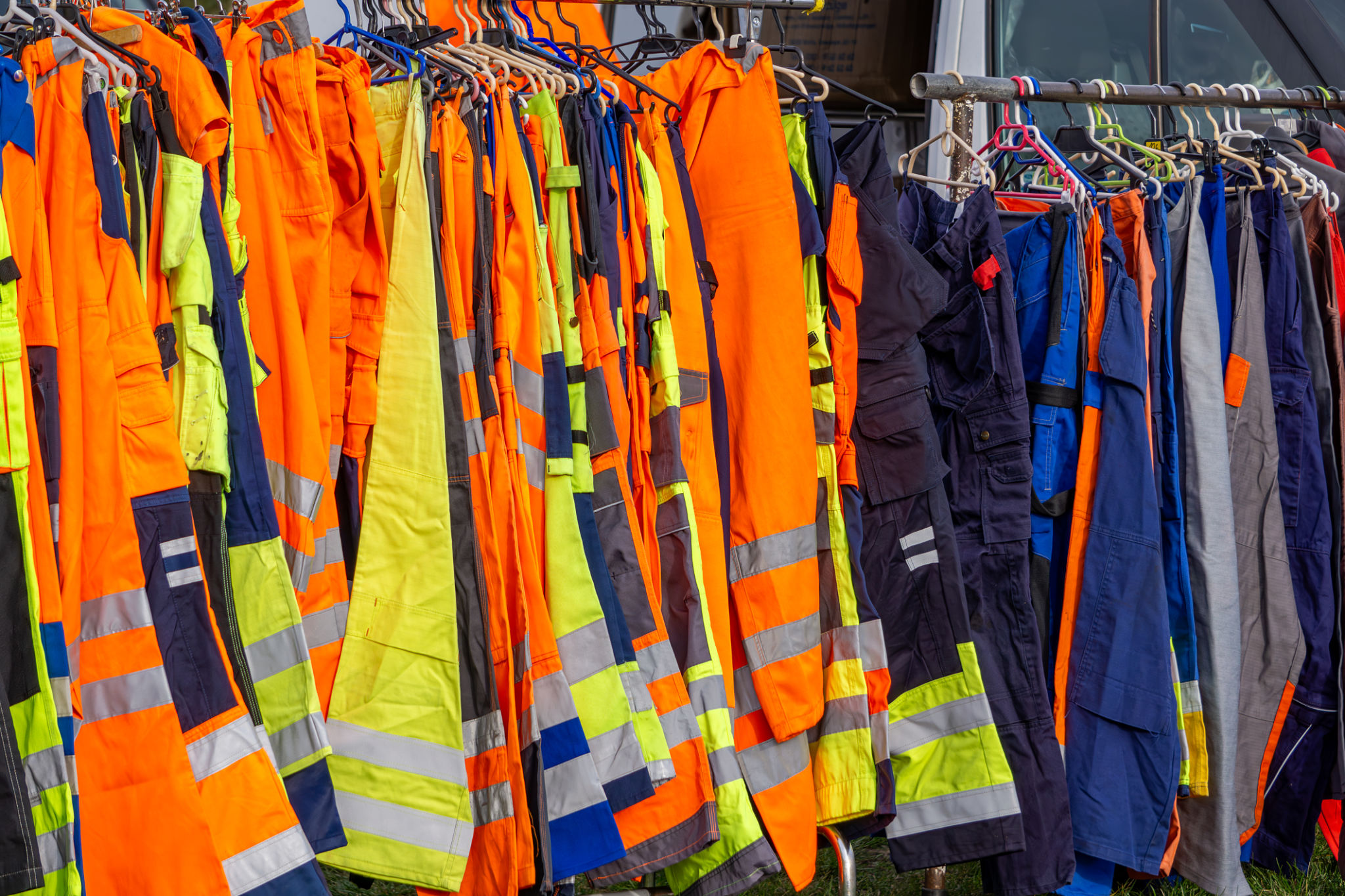DIY Concrete Cutting: What You Need to Know Before Starting Your Project
Understanding the Basics of Concrete Cutting
Concrete cutting is a crucial skill for anyone looking to undertake a DIY renovation or construction project. Whether you're installing new plumbing, electrical systems, or simply redesigning a space, knowing how to cut concrete efficiently can save time and money. Concrete, known for its durability, can be challenging to work with, but with the right tools and techniques, it becomes manageable.
The first step in any concrete cutting project is understanding the type of concrete you are dealing with. The composition of the concrete can affect how it should be cut. For instance, reinforced concrete requires different tools and techniques compared to non-reinforced concrete.

Tools You Will Need
When it comes to DIY concrete cutting, having the right tools is essential. The most common tool used is a circular saw equipped with a diamond blade. This blade is designed to handle the hardness of the concrete and can cut through efficiently. Other tools include concrete saws and angle grinders, which are useful for different types of cuts.
It's also essential to equip yourself with safety gear. Protective eyewear, gloves, and masks are crucial to protect against dust and debris, which can be hazardous to your health. Additionally, wearing ear protection is advisable due to the loud noise generated during cutting.

Choosing the Right Blade
The blade you choose is just as important as the saw itself. Diamond blades are the most popular choice for concrete cutting due to their durability and effectiveness. However, it's crucial to select a blade that matches the saw's specifications and is appropriate for the type of concrete you're cutting.
Preparing Your Workspace
Before you begin cutting, prepare your workspace to ensure safety and efficiency. Clear the area of any obstructions and ensure that the surface is stable. Mark your cutting lines clearly using chalk or a similar marker. This helps in maintaining accuracy during cutting.
Another critical factor is managing dust and debris. Consider using water to minimize dust production if your equipment supports wet cutting. Wet cutting not only reduces dust but also prolongs the life of your blade.

Executing the Cut
With everything in place, you can start cutting. Begin by aligning your saw with the marked line and proceed slowly to ensure precision. Applying steady pressure will help in achieving a clean cut without damaging the blade or the surrounding material.
If you're dealing with reinforced concrete, you may encounter steel bars. Slow down and allow the saw to work through these obstacles gradually. It's essential not to force the blade, as this can cause damage and affect your safety.
Post-Cutting Considerations
Once you've completed the cuts, take time to clean up the area thoroughly. Remove any leftover debris and inspect your work for accuracy. Proper disposal of concrete waste is crucial to avoid environmental harm.
Lastly, review your tools and equipment for any signs of wear or damage. Regular maintenance will extend their lifespan and ensure they are ready for future projects.

Ensuring Safety and Compliance
Safety should always be your top priority during any DIY project. Ensure that you follow all local regulations regarding construction work, especially when it involves structural modifications. Consider consulting with a professional if you're unsure about any aspect of your project.
By taking these precautions and arming yourself with knowledge, you can tackle your concrete cutting projects effectively and safely.